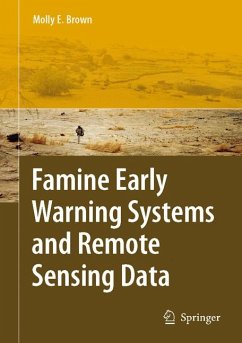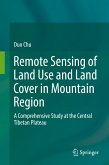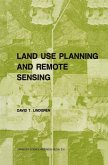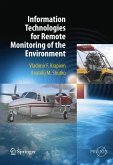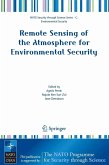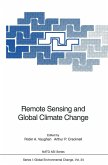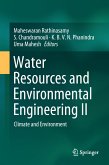This book describes the interdisciplinary work of USAID's Famine Early Warning System (FEWS NET) and its influence on methodological and development policies in the US. This book describes FEWS NET's systems, methods and presents several illustrative case studies that will demonstrate the integration of both physical and social science disciplines in its work. The aim of this book is to bring the work of USAID's Famine Early warning System Network into the public domain.
Dieser Download kann aus rechtlichen Gründen nur mit Rechnungsadresse in A, B, BG, CY, CZ, D, DK, EW, E, FIN, F, GR, HR, H, IRL, I, LT, L, LR, M, NL, PL, P, R, S, SLO, SK ausgeliefert werden.
Hinweis: Dieser Artikel kann nur an eine deutsche Lieferadresse ausgeliefert werden.

